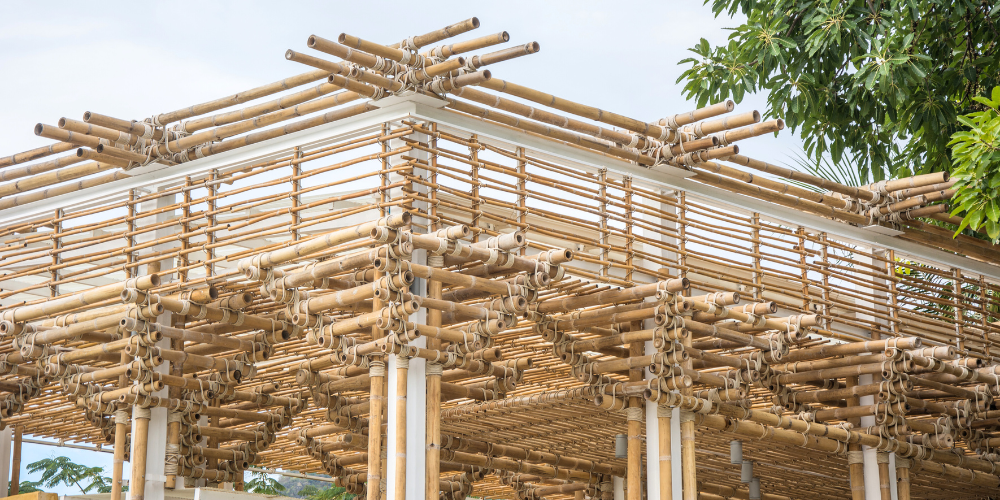Eco-friendly and Sustainable Housing: Homes of the Future

This article will dig into eco-friendly and sustainable housing, exploring sustainable materials and energy-efficient designs and envisioning how future homes will be kinder to our planet.
Read on to learn more!
-
Sustainable Materials: Building with the Earth, For the Earth

The first step towards creating an eco-friendly home is choosing sustainable materials. These materials are either sourced responsibly or have a minimal environmental impact. Some popular options include:
- Bamboo: A rapidly renewable resource, bamboo grows much faster than traditional timber. It's strong, durable, and can be used for flooring, furniture, and structural elements.
- Recycled Steel: Recycled steel offers a more sustainable alternative than mining and refining new steel. It reduces energy consumption and is just as solid and durable.
- Cork: Often used for flooring, cork is harvested from the bark of the cork oak tree. The tree remains unharmed, and the bark regenerates, making it a renewable resource.
-
Energy-Efficient Designs: Harnessing Nature's Power

The design of a home plays a pivotal role in its energy consumption. Energy-efficient designs not only reduce the home's carbon footprint but also lead to significant savings in utility bills. Here's how:
- Passive Solar Design: By strategically placing windows, walls, and floors, homes can collect, store, and distribute solar energy in the form of heat in the winter and reject solar heat in the summer.
- Green Roofs: These are roofs covered with vegetation. They provide insulation, reduce the need for heating and cooling, and can even provide a habitat for wildlife.
- Natural Ventilation: Instead of relying solely on air conditioning, homes can be designed to enhance natural airflow, reducing the need for artificial cooling.
-
Homes of the Future: A Vision of Sustainability

As technology advances and our understanding of sustainability deepens, the homes of the future promise to be marvels of eco-friendly design. Here's a glimpse:
- Self-sustaining Homes: Imagine homes that produce energy, recycle waste, and grow food. With advancements in solar technology and waste-to-energy systems, this dream isn't far from reality.
- Smart Homes: With the integration of AI and IoT, homes will be able to optimize energy consumption, manage resources, and even predict the needs of their inhabitants.
- Community Living: The future might shift from individual homes to sustainable communities. These communities would share resources, energy, and even transportation, leading to a more efficient and sustainable way of living.
Final Thoughts
The journey towards eco-friendly and sustainable housing is not just about saving the environment. It's about creating a harmonious relationship between nature and humanity. It's about recognizing that our actions today will shape the world of tomorrow. Making good choices for us and the planet becomes imperative as we progress.
At LOFT REALTY, we're passionate about the future of housing. We believe in creating spaces that resonate with nature and sustainability. But the best ideas come from collaboration. So, we invite you to engage with us. Please share your thoughts, give tips, or tell us what you envision for the homes of the future in the comment section below. Let's build a greener, more sustainable world, one home at a time.
Categories
Recent Posts










GET MORE INFORMATION

